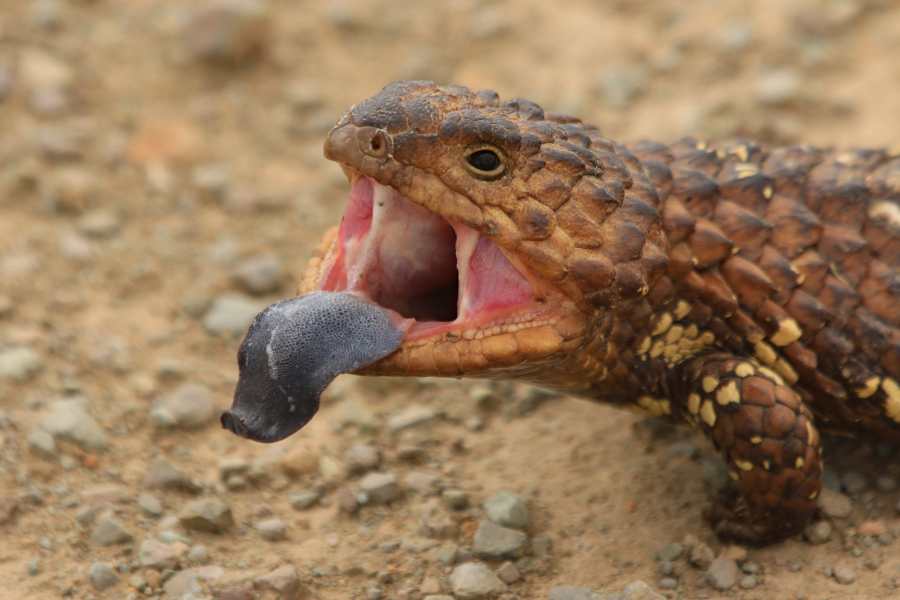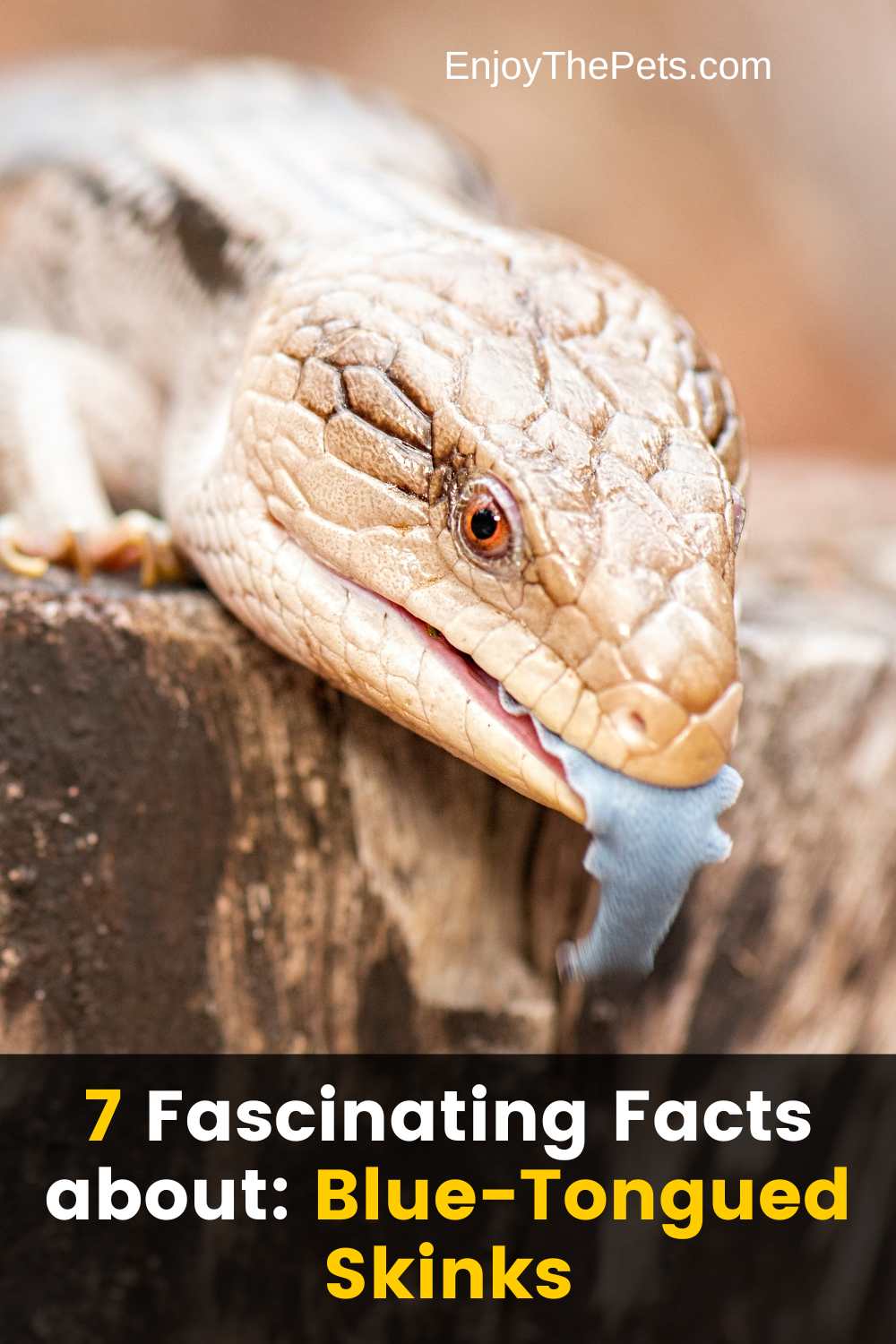7 Fascinating Facts About Blue-Tongued Skinks

Blue-tongued skinks are a type of lizard native to Australia, Indonesia, and Papua New Guinea.
They are known for their distinctive blue tongues and make popular pets due to their docile nature and ease of care.
In this article, we will explore 7 fascinating facts about blue-tongued skinks that every pet owner should know.
1. They are Omnivores
One interesting fact about blue-tongued skinks is that they are omnivores. In the wild, they will eat a variety of foods, including insects, fruits, and vegetables.
In captivity, they should be fed a diet that consists of both animal and plant-based foods. This can include crickets, mealworms, fruits, and vegetables such as kale, collard greens, and squash.
2. They Have Strong Jaws

Blue-tongued skinks have strong jaws that allow them to easily crush the hard exoskeletons of insects.
They also use their jaws to eat plants, which can be tough and fibrous. This makes them well-suited for their omnivorous diet and allows them to consume a wide variety of foods.
3. They Can Live for Over 20 Years
Blue-tongued skinks are long-lived lizards, with lifespans that can exceed 20 years. This means that they can be long-term companions for pet owners who are willing to provide them with proper care.
However, it is important to note that they can grow quite large, with some species reaching up to 24 inches in length.
This should be taken into consideration when choosing a suitable enclosure for them.
4. They are Social Animals
While many reptiles are solitary animals, blue-tongued skinks are social creatures that enjoy the company of other skinks.
In captivity, they can be kept in pairs or small groups as long as there is enough space for each skink to have its own territory.
Providing hiding places and basking spots can also help reduce competition and aggression among group members.
5. They Can Regenerate Their Tails
Like many lizards, blue-tongued skinks have the ability to regenerate their tails. If their tail is lost or damaged, they can grow a new one from the stump.
However, the regenerated tail may not be as long or as colorful as the original one.
6. They Communicate With Their Tongues

As their name suggests, blue-tongued skinks have bright blue tongues that they use to communicate with other skinks.
When threatened or frightened, they may stick out their tongue as a warning to predators. They may also use their tongues to communicate with other skinks during social interactions.
7. They Require UVB Lighting
One important aspect of caring for blue-tongued skinks is providing them with adequate UVB lighting.
UVB rays are necessary for these lizards to synthesize vitamin D3, which is essential for proper calcium metabolism. Without UVB lighting, they can develop the metabolic bone disease, which can lead to deformities and even death.
FAQ
Are blue-tongued skinks good pets?
Yes, blue-tongued skinks make excellent pets. They are easy to care for, docile, and have unique personalities.
How often should I feed my blue-tongued skink?
Blue-tongued skinks should be fed every 2-3 days, with a diet consisting of both animal and plant-based foods.
The amount of food given should be appropriate for their size and age. It is important to avoid overfeeding, as this can lead to obesity and other health problems.
What kind of enclosure do blue-tongued skinks need?
Blue-tongued skinks require a spacious enclosure that provides plenty of room for them to move around and explore.
The enclosure should have a secure lid to prevent escape and a substrate that allows for easy cleaning. Providing hiding places and basking spots can also help create a comfortable and stimulating environment for them.
Can blue-tongued skinks be housed with other reptiles?
Blue-tongued skinks should not be housed with other reptiles, as they can be aggressive towards other species.
They can, however, be kept in pairs or small groups as long as there is enough space and resources for each skink to have its own territory.
How do I handle my blue-tongued skink?
Blue-tongued skinks can be handled, but it is important to do so gently and with care. They should be approached slowly and picked up from underneath, supporting their entire body.
It is also important to wash hands before and after handling them, as they can carry bacteria that can be harmful to humans.
Conclusion
Blue-tongued skinks are fascinating creatures that make excellent pets for reptile enthusiasts.
With their omnivorous diet, strong jaws, and social nature, they are well-suited for life in captivity. However, it is important to provide them with proper care, including UVB lighting, a suitable enclosure, and a balanced diet.
With the right care, blue-tongued skinks can be long-term companions that provide years of enjoyment for pet owners.
Save this PIN for Later 😊


You May Also Like 👇🏼